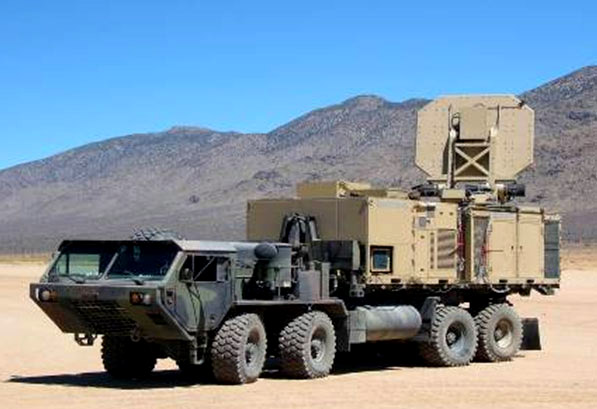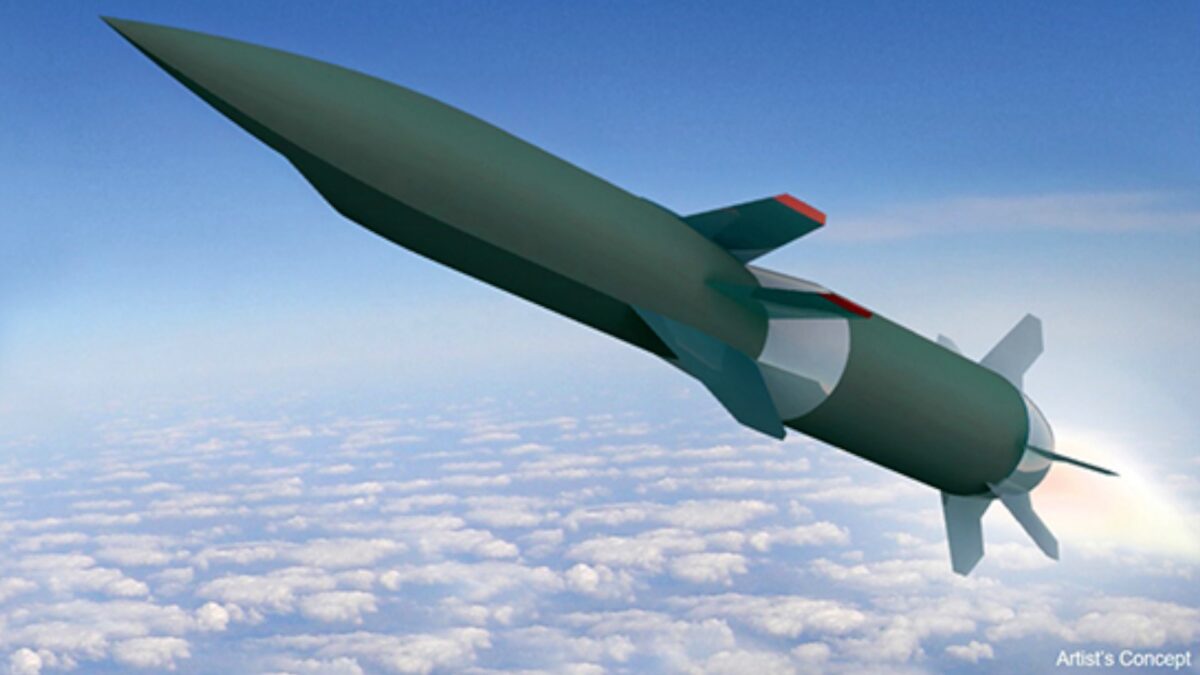The United States Department of Defense (DOD) is seeking nearly $30 billion in its $680 billion Fiscal Year 2024 (FY24) budget request for missile defeat and defense programs across all branches of the military.
Right now, the DOD is in a race to develop its own hypersonic missiles and engineer effective defenses against the high-velocity, maneuverable missiles being developed by Russia and, particularly, by the Peoples Republic of China (PRC).
During questioning by Senate Armed Services Committee’s Strategic Forces Subcommittee Chair Sen. Angus King (I-Maine) in a May 9 budget hearing, four flag officers said some existing systems have “capabilities” against hypersonic weapons but did not know for sure until they are tested against the evolving missile systems.
King was not happy. “It seems to me that we are spending a lot more money to developing hypersonic missiles than we are developing capabilities to defend against them,” he said.
King asked Missile Defense Agency Director Vice Adm. Jon A. Hill if an aircraft carrier could be defended against a hypersonic missile attack.
“We have the capability to stop it in two places, in the boost-glide phase” and when the missile re-enters the atmosphere, Hill said, noting the Navy’s SM-6 missiles are “cruise missile killers” designed to track and kill fast-moving, maneuverable targets that can fly high and skim the surface. “It would be defeated by a destroyer defending a carrier.”
Noting Ukrainians claim they shot down a Russian hypersonic weapon last week with a Patriot anti-air missile provided by the U.S., Hill said the Patriot systems, Terminal High Altitude Area Defense missiles (THAAD), and Aegis ballistic defense system all have “capability” demonstrated in tests against hypersonics.
“THAAD operates on the edge of the atmosphere,” he said. “We haven’t tested it against hypersonic, but I’m willing to bet there are capacities that we can leverage there.”
Assistant Secretary of Defense for Space Policy John F. Plumb said the budget request “makes substantial investments in regional ballistic, cruise, and hypersonic missile defense capabilities,” including $1.2 billion for PAC-3 Patriot missile “interceptors,” $1 billion for Aegis and THAAD interceptors, and $259 million for regional hypersonic and ballistic missile defense space sensors and the development of a Glide Phase Interceptor (GPI) missile system.

21st Century Missiles vs. 1980s Technology
King said these ant-missile systems are based on technologies from the 1980-90s and asked why DOD is not experimenting with using direct energy weapons to knock down missiles.
At $4 to $10 million each, using missiles in a “bullet on bullet approach is an expensive proposition” in defending against other missiles.
Developing a “directed energy” weapon for missile defense has been “a target for a period of time,” Hill said with prototypes being tested in the fleet. “It is scaling its way there. That work is being done today.”
King said he’s been lobbying to aggressively ramp up direct energy weapons development for five years without “any sense of urgency” from the DOD. Direct energy is “clearly preferable to a $4 million bullet,” he said.
“More investment is required,” Hill said. “It is all science and engineering right now.”
Plumb broke down the Pentagon’s proposed $29.8 billion FY24 missile budget as $18.9 billion for “investments across all services that contribute to our total missile defeat and missile defense capability” and $10.9 billion for the Missile Defense Agency (MDA) headed by Hill.
The budget requests $3.3 billion to improve the cyber resiliency of Ground-based Midcourse Defense systems, $64 million to improve Hawaii anti-missile defenses, $428.7 million “for the continued fielding of four new over-the-horizon radars,” $4.8 billion to develop missile warning/tracking systems,
“We are optimizing existing missile defense radars and other sensors in support of our broader all-domain awareness objectives,” Plumb said.
After the four missileteers gave their testimony, King said he wanted to ask a question but wasn’t sure who to direct it to which, in itself, underscores vagaries in command and control “functionality” in the nation’s missile defense.
“There are four people in front of us with different responsibilities,” he said, suggesting one improvement would be to “clean up the organizational chart.”
Plumb disagreed.
“We do have a good organization here,” he said. “Missile defense is something that runs through all the services. The Navy needs missile defense. The Army needs missile defense. The homeland needs missile defense. I think it is structured quite well, and we’re making progress.”


















































